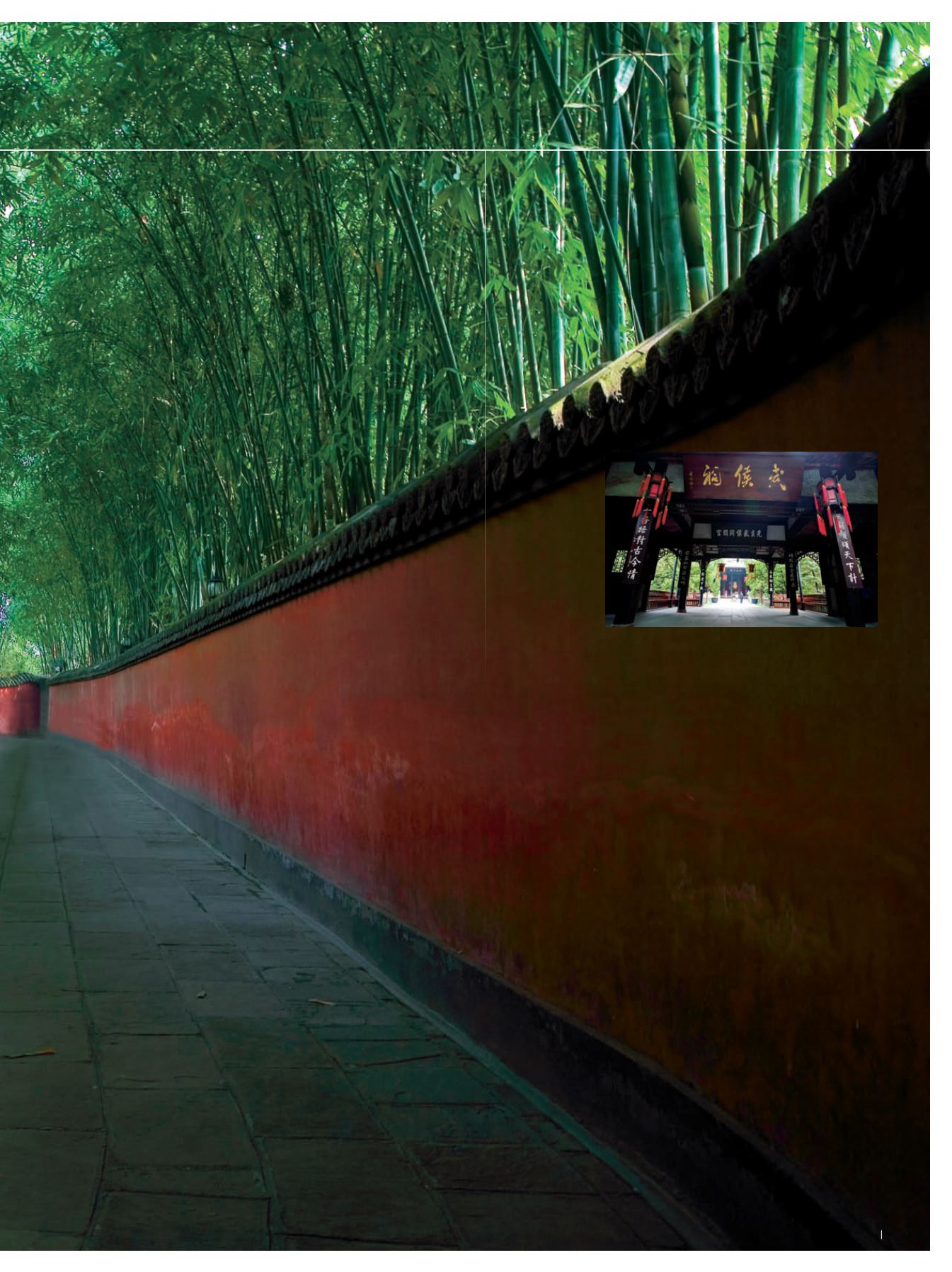
O
ne day you’re at the top of the world, sitting
around a fire with rosy-cheeked Tibetan nomads,
the next you’re in a lush bamboo forest watching
pandas chew on bamboo. The central mainland
Chinese province of Sichuan has everything a
soul-seeker or adventurer could ever need, but what makes this
place special isn’t the myriad sights and sounds, but the simple
charm of the locals and the slow-paced rhythm of life.
AROUND CHENGDU
Visitors to Sichuan almost always find themselves in Chengdu, a place
known for its riverside teahouses, spicy hotpot restaurants, and mild
climate. Here, the summers are not too hot and winters not too cold.
Chengdu is a rapidly modernizing Chinese mega-city with shiny
department stores and brightly lit monuments that honor former Chinese
leaders likeMao Zedong and SunYat-sen.
Of the many attractions in Chengdu, the most well-known is the
Chengdu Research Base of Giant Panda Breeding, 30 minutes to the
northeast of the city. Nowhere else is it possible to see pandas in such a
natural state except for the wild. The center’s simulated jungle
environment is a far cry from the concrete pens of zoos, allowing the
animals to breed naturally and their population to steadily increase.
The pandas are noticeably happy and best observed during feeding
time from9 to 10am, but get there around 8am to avoid the crowds.
In the city there are many temples and monasteries to visit.
Wenshu Monastery is a beautiful complex open to tourists,
surrounded by old streets and teahouses. Other religious sites
include Wuhou Temple and Qingyang Palace.
Chengdu also boasts ancient streets lined with restaurants
and food stalls. Jinli Street and Kuanzhai Alley are large tourist
destinations located downtown and great places to try local
snacks like
liangfen
(cold spicy noodles) and spicy rabbit head.
In the evening, head to the riverside near the brightly lit
Jiuyan Bridge for a drink in one of the riverside lounges.
Lastly, no visit to Chengdu would be complete without
taking in a Sichuan opera performance. Quite distinct from other
Chinese opera styles, Sichuan opera is best known for
bianlian
or
“face changing,” which involves quickly swapping masks
without the audience noticing. Sichuan opera shows can also
feature fire blowing and other special effects. There are many
different opera troupes within the city, but the best known are the
Shufengya Yun and Jinjiang Opera houses. Smaller tea houses
sometimes offer free afternoon shows on weekends.
PHOTOGRAPHY: GETTY IMAGES(BEST VIEW STOCK) / TOP PHOTO GROUP
A winding path within the Wuhou Temple complex is lined with red walls
and gently swaying bamboo.
ࣚɛ
ض
ഹ
ߎ
ᐍ϶؍ஷ༸ဘӉd༷؛
ڨ
ॗf
35
enVoyage


